|
I just met a grieving young woman who had to put her 13-year-old dog to sleep 4 days earlier. She felt lonely and guilty. In the past 4 days I'm also sure at least one well-meaning person said, "Yo, get another one at the SCPA for $25." Probably didn't help. Pets magically enrich our lives. One example. Pheeny goes asleep on the corner of my desk every morning, wistfully watches me eat lunch, spastically rides along on errands, painfully endures me practicing the saxophone, and groggily waits for me on the foot of the bed. Every time I say something to her, she looks at me like, "Wow . . . that was the smartest thing I've ever heard." And that's why we cherish dogs. On the other hand, on most days she still goes to the bathroom under the piano. At least she didn't learn that from the kids. You know . . . $25 at the SCPA won't come close to replacing the hole in this poor woman's life and the hole in her heart. Our friends are vets and they say most people try to extend the life of a painfully dying dog much longer than they should. Dog-owners think they're doing it for the dog, but they do it more for themselves. They keep their dog jacked up on burning chemotherapy drugs, or they put them through horrible repeated surgeries so they don't have to feel the loneliness and guilt of letting their dog peacefully move on. In 2007 we lost a treasured cat who slept on the bed, slept on my desk, and purred whenever we looked at her -- total positive feedback for a cat owner. I was so smitten I took three daily allergy medicines so we could keep her. She ignobly died of kidney failure hiding in an unfinished basement furnace room when I was away at a conference one weekend. I still feel guilty and blue whenever someone mentions their wonderful cat connection. Or even whenever the city of that conference is mentioned. -------- Shortly after our front-yard memorial service for Kirby the cat, I ran across the cartoon below that tries to channel what one beloved pet is thinking on their last day with their beloved owner. It's touching -- in a good way. Even after rereading it 40+ times, I'm choked up and teary-eyed before I'm even half-way through it. I sent this cartoon to the woman I met Sunday. She replied that it had been a hard week, but this "made it a bit better." If you have ever lost a beloved pet that you still miss, maybe the thought expressed here will make it "a bit better."
6 Comments
Successful people sometimes talk about their "Big Break." The moment that made the big difference in their life. What's rare, however, is hear about successful people who mainly have "Bad Breaks." Meet Charles Henry Turner. Many discoveries about how insects communicate with each other and how they think come from the crazy-creative shoe-string experiments and research papers of Turner. Born in 1967 -- right after the Civil War -- Turner was a standout zoology student at the University of Cincinnati and is thought to be the first African-American PhD graduate from the Univeristy of Chicago. Despite a strong start, he was never able to find a University professorship and instead taught high school biology in St. Louis until passing away at 56. Interestingly, there's not any record of him complaining about being overlooked, passed over, or not having a Big Break. He must have been too busy. For 30 years, he kept his passion, and he stayed the course of the mission he saw for himself. For these 30 years he continued to think to ask out-of-the-box research questions -- like, can insects hear? can they think? and how do they solve new problems? Then he'd design of ingenious experiments to test his ideas. He would then spend his nights collecting data, and he'd spend his weekends writing and publishing scientific papers in some of the best journals in his field. Still, no university every hired him. No big break, mainly bad breaks. Still he didn't complain, he kept working, and he kept his "eyes on the prize." That seems to be his super power and why 100 years later he stands so tall above all of those who were hired instead of him. There's an inspiring article on him in the Feb 2024 American Scientist.
|
Welcome!Here are some tips, tricks, and secrets on how you and your family can eat to be healthier and happier. They're based on over 30 years of our published research.
Fun InterviewsMost Visited Last Month• For You
• Smarter Lunchrooms • The X'Plozionz Band • Help your family • Kitchen Scorecard • Retracted papers • Grocery secrets • Do kids inherit taste? • Be healthier at work • How not to retire • Estimating calories • Restaurant Secrets • Syllabus template Top 2024 Downloads• Kitchen Makeover
• Smarter Lunchrooms • Smarter Lunchroom Scorecard • Grocery Shopping Hacks • Restaurant Secrets • Write a Useful Syllabus • Workplace Wellness Tips • Healthy Profitable Menus Categories
All
|
||||||
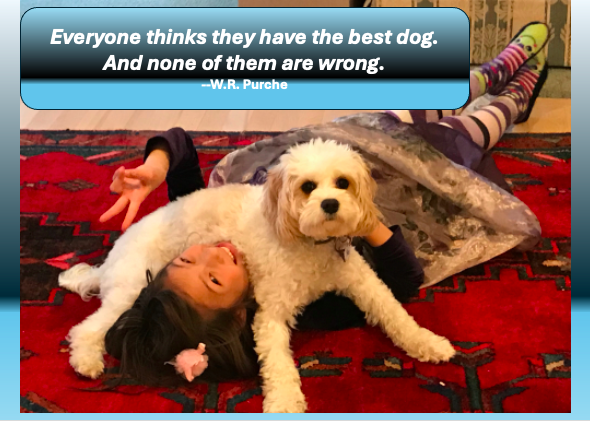

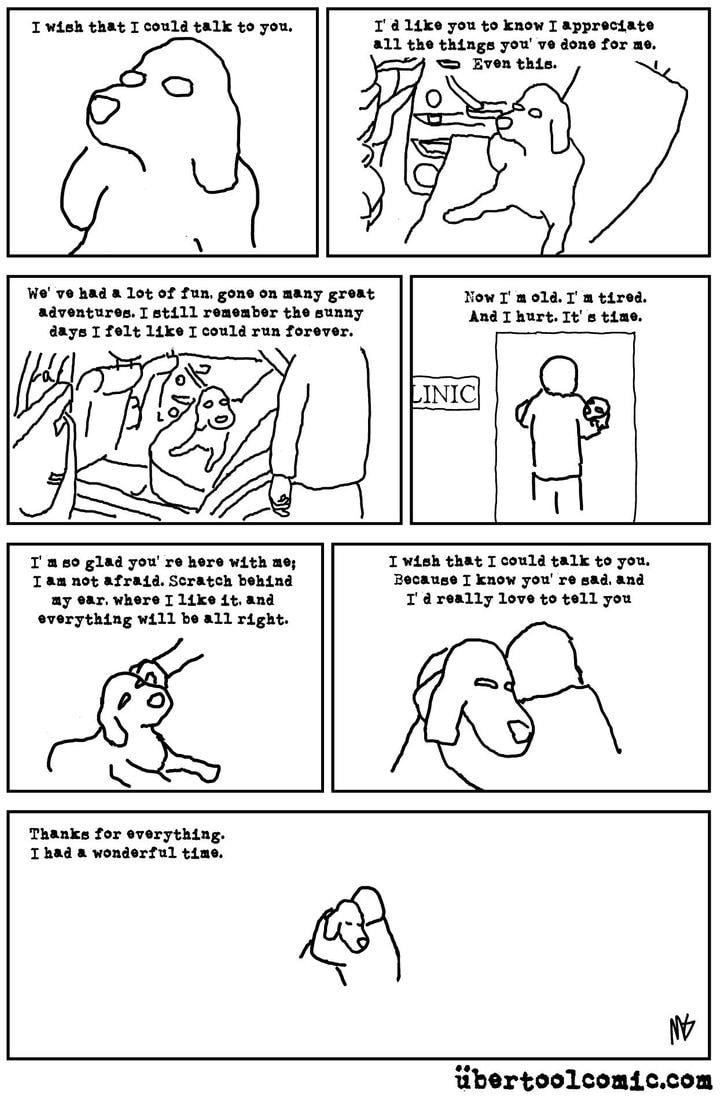
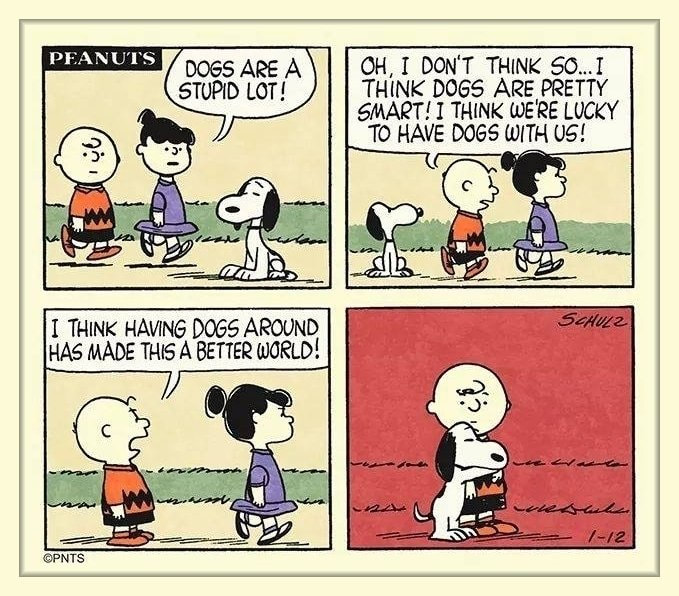



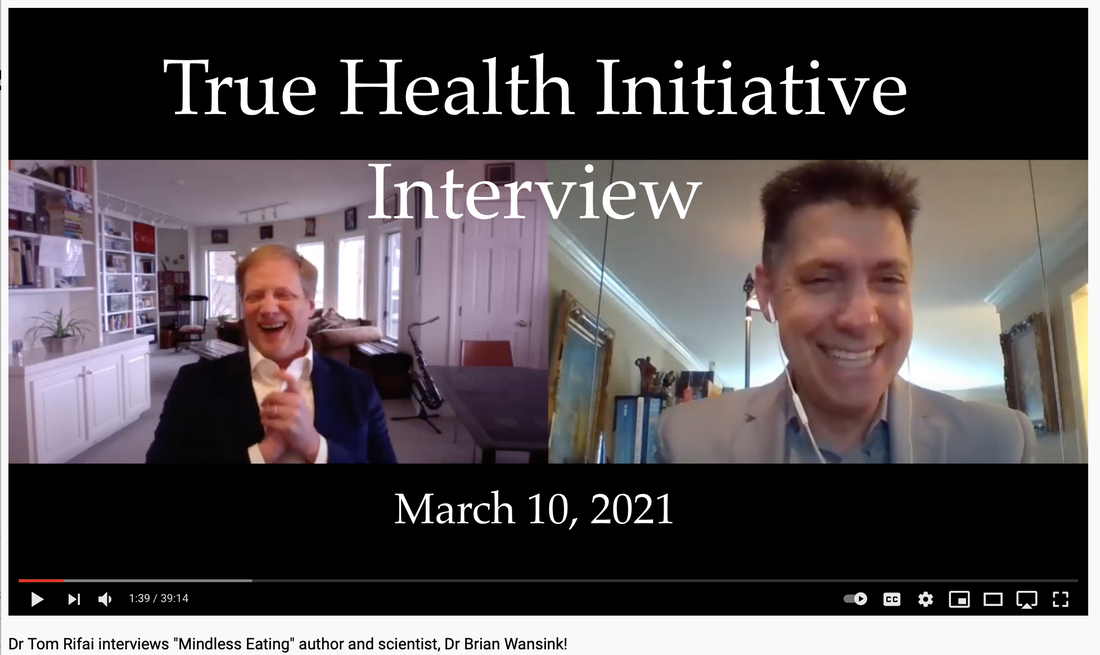
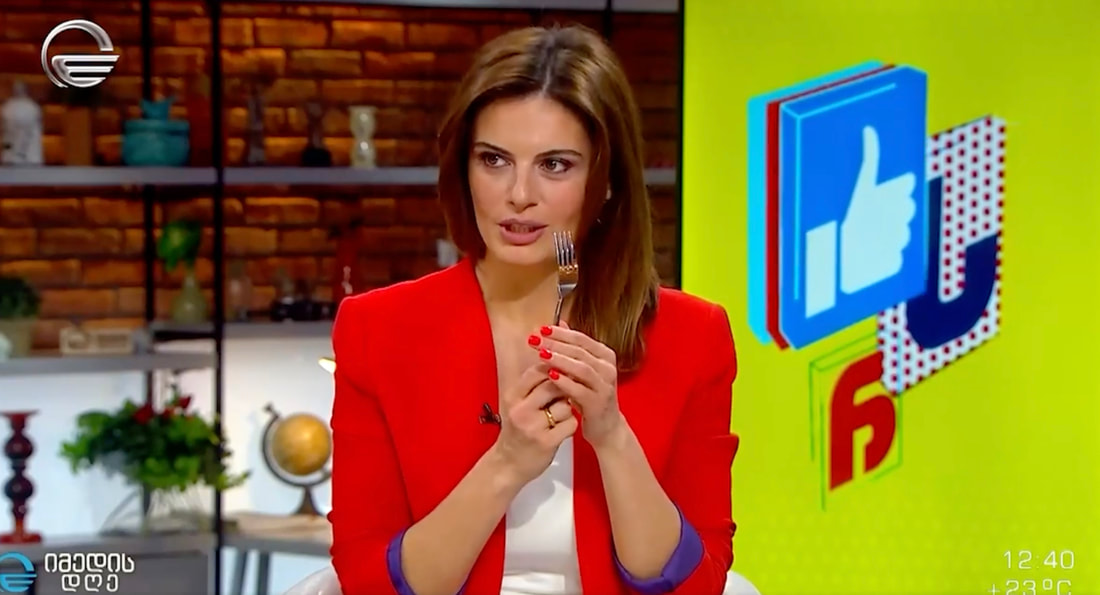


 RSS Feed
RSS Feed